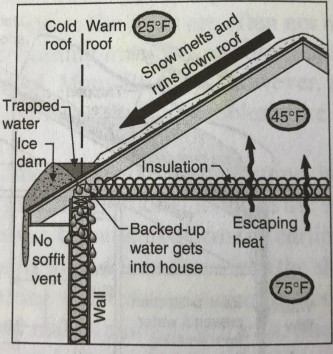YES!
End of blog.
Jk, here are some reasons why you absolutely should inspect your potential new condo.
Condos can be a great option for first time home buyers, or people that don’t want to mow the lawn, or maintain a pool, etc. There are many benefits to owning a condo, there are also some cons. Every condo association has a set of rules, and fees. You will want to get a hold of these documents before putting in an offer on your new condo. Having a good real estate agent will help a lot with this process.
The rules are laid out in what is called a Master Deed, or the Covenants, Conditions and Restrictions (CC&R). The master deed will lay out how the condo association is governed and the policies for how things run. The CC&R will lay out rules ranging from: Pets, parking, outdoor grills, hanging laundry, changing exterior designs, roofing, maintenance, quiet hours, etc. There can be many rules.
With almost all Condos there are monthly fees. These fees go into the budget for maintaining certain things around the common areas of the condos. Landscaping, plowing, roof replacement, decks, balconies, siding, etc. Most associations want the units to all look great which will keep the value of the units up and the tenants happy. If the roof on one condo has seen the end of it’s days, the association will replace it and use the money from everyones monthly fees to do it. This can be a great thing for a condo owner. If the roof leaks and damages the inside of your attic and the insulation, most of the time that is covered. However, if the pipes burst in your upstairs bathroom and damage the ceiling in your kitchen, that is not the responsibility of the Condo association. This is why you want a home inspection. Having an inspection will help you to determine what is and is NOT covered by the HOA and what issues may be inside your condo, or what issues may come up in the future. Repairs are not a matter of if, but when.
Here is a leak that was found inside a Condo using thermal imaging. 
Without thermal imaging this leak would never have been seen, it cam from the refrigerator water line from the unit up above. Without an inspection this buyer could have bought this unit and walked into a condo with an active leak above head and a bill to fix it right away.
Knowing what is and is not covered by the HOA (Home Owners Association) is not the job of a home inspector. A good inspector will inspect the roof of a condo and the common areas associated with the unit being inspected. Knox Home Inspections treats a condo the same as any other house.
That is the main entrance to a 6 unit, garden style condo building. There are 2 electric code violations going on here and these people walk by, and over it every day. The junction box directly below the door should not be in an area that has foot traffic, it should be off to the right and out of the walkway. This is for safety. The second violation is the circuit that is running into the gutter and up to the 3rd story flood light above. The gutter is acting as a conduit for the circuit, it is also draining all of the water from the roof above. Water and electricity DO NOT mix. This whole situation should be re configured by an electrician ASAP. This is a tricky situation for my client who is buying this unit. My recommendation to them was to have this corrected by a professional. Is this the responsibility of the buyer or the HOA? That is where you want to read all of that paperwork we mentioned above and determine what to do from that.
Some HOA’s have zero fees. Maintenance on these units can fall on the owners themselves and can be tricky with repairs and the cost of those repairs. See the picture below of a Condex split down the middle.
All new vinyl siding on the right, and original wood siding on the left that is peeling badly. The roof has been replaced on the right side and they wove it right into the old side on the left. There is a lot of moss and lichen on the left side and that whole side needs to be replaced. Also the dryer vent has no cover on it, it’s between the AC unit that is leaning over and the bulkhead. That is direct access for critters and moisture, which can lead to damage. The deck on the left is the original wood and the deck on the right is all new Trex material and is very nice. This is clearly a situation where the HOA does not cover repairs on the exterior of the units. Again you must read the CC&R to determine what is an is not covered for repairs. Inspecting this unit was tricky because we could not inspect the other half of the house. All we could do was inform them of what was seen from the outside and how that may effect there side.
Arm yourself with as much knowledge as possible before buying your condo. Get a copy of all of the documents you can and read them all. And don’t forget the home inspection…







